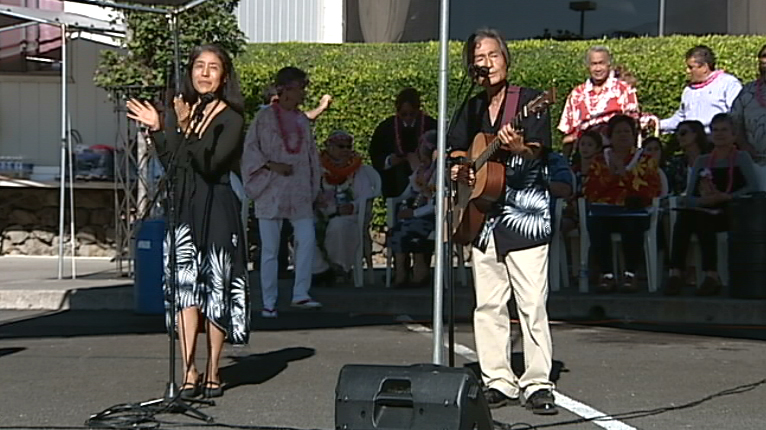
PTA didn’t provide a comment by deadline Friday. The Atomic Safety and Licensing Board rejected petitions requesting a hearing from four other residents in June because it determined they didn’t have standing or submitted an admissible contention. The samples didn’t find elevated radiation levels. Past air sampling was performed by a consultant for the Army at three locations along Saddle Road and the state Health Department in Waikoloa Village. In approving the monitoring plan, the NRC said it concurred with the Army’s position that “doses associated with acute events, such as high explosive (HE) activities, were not likely to result in significant risks or necessitating air monitoring.” Reimer said depleted uranium is most dangerous when ingested or inhaled, which is why he thinks continued air sampling is needed. The state Department of Health has said the Army’s previous use of depleted uranium, which has 40 percent the radioactivity as naturally occurring uranium, is not considered a “significant health threat.”

“In this case, the staff felt that certain matters he raised would warrant further evaluation,” McIntyre said.Īny recommended changes would be presented in a proposed order that would go out for public review, likely early next year, he said.

NRC spokesman David McIntyre said the review will be done by agency staff, rather than its commission. “There’s not a whole lot of rain up at PTA,” he said. Reimer, who said his background is in nuclear geology, said sampling only in an intermittent stream bed is a “rather absurd way to look at migration of DU.” Army training facility off Saddle Road is sufficient to monitor depleted uranium. Reimer said he doesn’t think the plan requiring one sediment sampling site downstream of the U.S. The Army revealed about a decade ago that it was used to provide weight to spotting rounds used at PTA, Schofield Barracks on Oahu and other locations in the 1960s. The largest spider radiation in the Hawaiian Islands belongs to the genus.

Read the coverage in The Los Angeles Times, CNNand Gizmodo.Reimer, of Kailua-Kona, also asked for continued air monitoring and soil sampling, though they will not be part of the NRC’s review because those steps were previously considered.ĭepleted uranium is a dense, weakly radioactive metal alloy. Analysis of an adaptive radiation of habitat-associated, polychromatic spiders. appears to be necessary to avoid potentially harmful exposure to radiation,” wrote the study authors, who also include Ivana Nikolic Hughes, associate professor of chemistry at Columbia. “Based upon our results, we conclude that to ensure safe relocation to Bikini and Rongelap Atolls, further environmental remediation. Nuclear fallout from the tests is most concentrated on the Bikini, Enewetak, Rongelap and Utirik atolls.

Most of the nation’s residents live on two crowded islands and are unable to return to their home islands because of nuclear contamination. The Marshall Islands have experienced rapid growth since the 1960s. The largest nuclear detonation, “Castle Bravo,” in 1954 at Bikini Atoll, was 1,000 times more powerful than either of the bombs dropped on the Japanese cities of Hiroshima and Nagasaki. Nearly 70 nuclear bombs the United States detonated between 19 left widespread contamination on the islands, a chain of atolls halfway between Australia and Hawaii. The studies measured soil samples, ocean sediment and a variety of fruit. Three studies published July 15 in Proceedings of the National Academy of Sciences (PNAS) by a Columbia research team, led by Emlyn Hughes and Malvin Ruderman from the Columbia Center for Nuclear Studies, showed that the concentration of nuclear isotopes on some of the islands was well above the legal exposure limit established in agreements between the U.S. Radiation levels in some regions of the Marshall Islands in the central Pacific, where the United States conducted nuclear tests during the Cold War, are far higher than in areas affected by the Chernobyl and Fukushima nuclear disasters, according to new research from Columbia University.


 0 kommentar(er)
0 kommentar(er)
